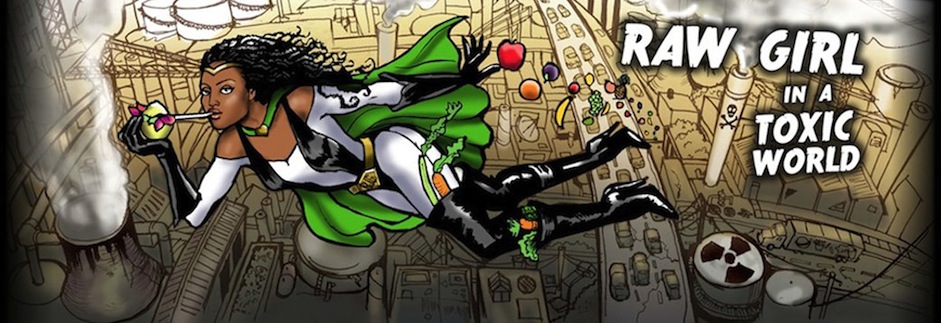As you ground and grow in your much less wobblier vriksasana, you hear the instructor utter the words you least look forward to.
“Fullest expression!”
Feeling confused and alone, you’ve now lost your drishti. Your eyes wander about the class and eventually toward home girl two mats over, who has somehow managed to get her arms into some kind of contortionist style prayer fold.
With your teacher’s presence near, you make a conscious effort to reset your focus. You frantically throw your arms in the air and think to yourself, this will work for sure.
“Lovely yogis,” your teacher replies.
You feel charged as your hands make their way back to anjanayasana. You’ve made it through another class without flaking out in your expression.
When an instructor calls “fullest expression,” what is being asked of the student? Is the teacher looking for the craziest arms in tree pose? Or perhaps the straightest and highest kicked leg in one-legged wheel? It is very easy to get caught up in the aesthetic of a yoga practice when those words are said in class.
I believe that pouring self: heart, mind, and body, entirely into practice is the way to access one’s fullest expression. At times, coming into one’s fullest expression could mean staying in the in the most basic form of the posture, tapping into the sounds of the heart and the deep rhythm of inhales and exhales.
There is no need to do anything overly taxing, be gentle and allow yourself to flow freely so that you may connect with your inner guide. This is a part of the practice cannot be orchestrated and should be full of your authenticity.
Trust in your breath and be.
~ Namaste, Sihnuu
To learn more about Sihnuu, click here














